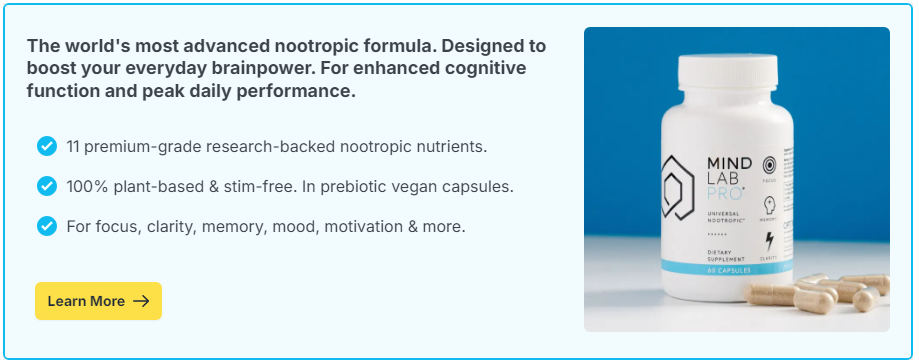
Short answer: Possibly, in small ways. Dark chocolate rich in cocoa flavanols may support healthy blood-vessel function and cellular signaling that underlie brain connectivity, but effects are modest and work best as part of an overall nutritious diet and lifestyle.
Contents
What Do We Mean By Brain Connectivity?
Connectivity describes how different brain regions communicate – both through physical wiring and through coordinated activity during tasks or rest. Good connectivity depends on steady blood flow, healthy cell membranes, balanced neurotransmitters, and regular mental challenge.
Why Dark Chocolate Might Help
Cocoa contains flavanols (such as epicatechin) that can support the endothelium – the thin lining inside blood vessels. A responsive endothelium makes nitric oxide, which signals vessels to relax. Better vessel function helps deliver oxygen and nutrients to active brain areas. Flavanols also interact with cellular pathways involved in plasticity and antioxidant defenses.
Blood-Flow Support
Flavanol-rich cocoa has been linked to improved measures of vascular function. In the brain, healthier micro-vessels can support moment-to-moment changes in flow when you think, read, or solve problems.
Cell Signaling And Plasticity
Laboratory and small human studies suggest cocoa compounds can influence signaling related to learning and memory. Think of this as supportive, not transformative – useful when combined with sleep, exercise, and mental practice.
How Much And What Kind
The benefits track the flavanol content, not just the “darkness.” Choose products that are naturally higher in cocoa and lower in sugar.
- Portion: About 10–20 g (a few squares) of 70–85% dark chocolate, or a cup of natural, unsweetened cocoa prepared with milk or water.
- Label Tips: Look for 70%+ cacao. Some products list milligrams of flavanols – useful if available. Avoid heavy alkalization (“dutched”) cocoa, which lowers flavanol content.
Smart Pairings
Combine cocoa with foods that support steady energy and absorption.
- Stir unsweetened cocoa into warm milk or fortified plant milk (protein + minerals).
- Pair a small square of dark chocolate with nuts or yogurt to reduce sugar spikes.
- Add cocoa to oatmeal with berries for extra polyphenols and fiber.
Who Should Be Cautious
- Caffeine/Theobromine Sensitivity: Dark chocolate contains mild stimulants; avoid late evening or reduce portion if you feel jittery.
- Migraine-Prone: Chocolate can trigger headaches in a subset – test small portions.
- Reflux: Cocoa may aggravate symptoms – use sparingly.
- Calories And Added Sugar: Keep portions modest; more is not better.
- Pets: Never share chocolate with dogs or cats; theobromine is toxic to them.
Simple Mini-Experiments
Check whether a small cocoa habit fits you by measuring outcomes, not vibes.
- Focus Block A/B: On three days, have 10–15 g of 80% dark chocolate 30–60 minutes before a 25-minute task. On three matched days, skip it. Track time on task and errors.
- Exercise Pairing: Try a warm cocoa (unsweetened) 45–60 minutes before a brisk walk. Note perceived effort and post-exercise clarity.
Evidence And Expectations
Flavanol-rich diets and cocoa have been associated with improved vascular markers and small gains on certain cognitive tasks in some studies. Direct, large improvements in brain connectivity are not proven. Expect gentle support for brain health rather than dramatic changes.
A Simple Weekly Plan
Week 1: Replace a sugary dessert with 10–15 g of 70–85% dark chocolate on three days. Week 2: Add one unsweetened cocoa drink on a workday and run the Focus Block A/B. Week 3: Keep the habit only if performance or well-being improves; otherwise, prioritize berries, nuts, leafy greens, sleep, and exercise.
Dark chocolate may support the conditions for healthy brain connectivity – better vessel function and resilient signaling – when you use small portions of high-cocoa, low-sugar products. Treat it as a pleasant helper within a broader brain-friendly routine, not a stand-alone brain booster.

